SINAIS
PROGRAMME 1
Sala (S8) Palexco | Thursday June 6th | 5:00 pm | Free entry to all venues until full capacity. It will not be possible to enter the venues after the screening has started.
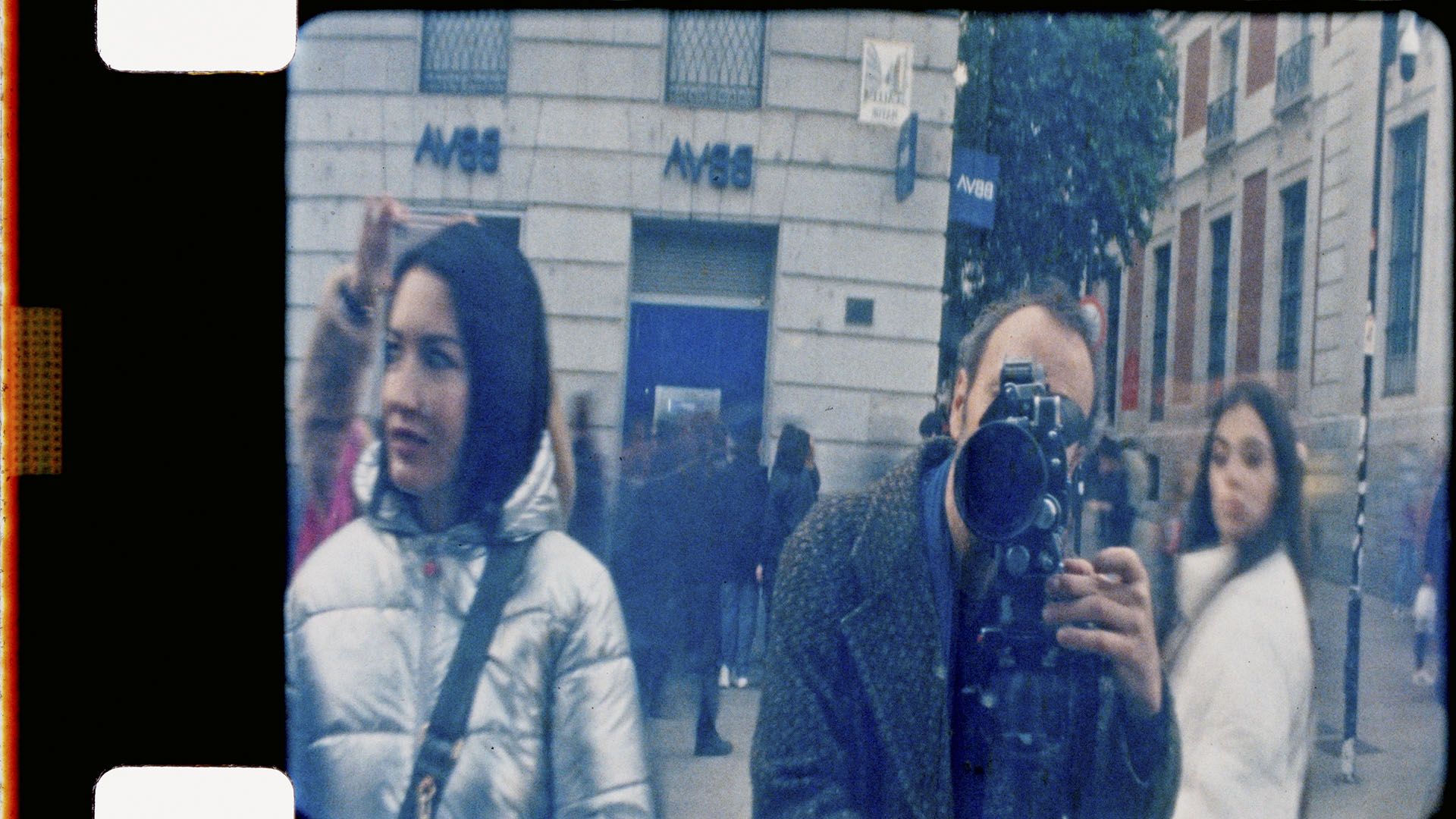
INSTRUCCIONES PARA UN AUTORRETRATO
Pablo Useros | 2024 | Spain | 16 mm | 4 min
Instructions is an open series of self-portraits that I progressively create with the premise of finding a mirror or reflective surface in a public space, and filming there.
This self-portrait is the fourth in the series, the first one made in 16mm. The previous ones were recorded on video. (Pablo Useros)
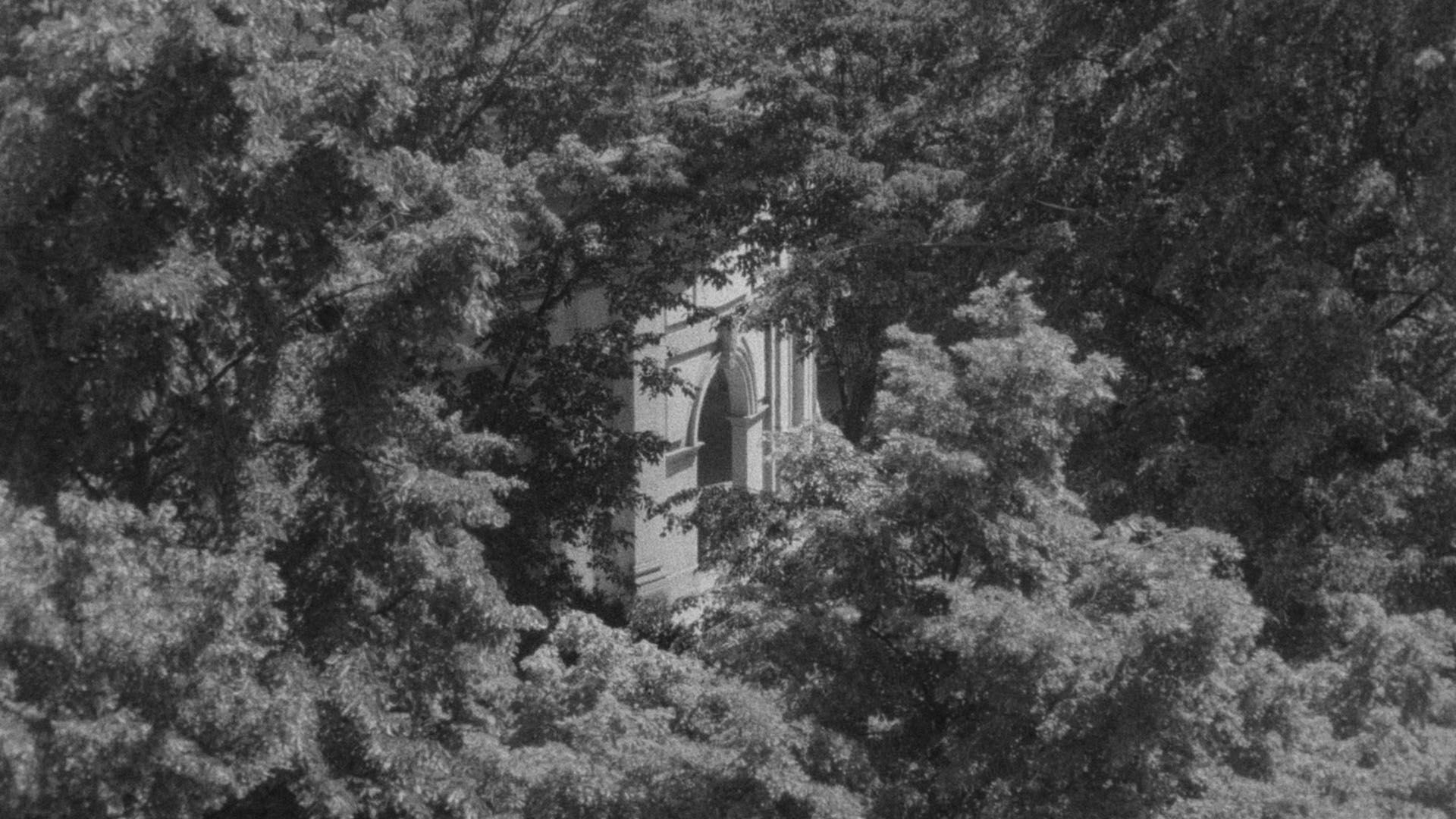
MATERIA VIBRANTE
Pablo Marín | 2024 | Argentina, Spain | 16 mm | 7 min
In search of traces and tracks of an absence, this film examines the coexistence between nature and the structures or artifacts created by humanity so as to offer a formal object of remembrance. It is a dark celebration of the surface of a fractured and exhausted world; what could have been an urban symphony instead evokes the feeling of a mausoleum for our current existence. (Pablo Marín)
“It is not enough to gather up the remains of the shipwreck. We must install, in the midst of the ruins, the marks of obsession.” (María Negroni)

BURBANK NEONS
Rocío Mesa | 2022 | USA, Spain | 16 mm to HD | 3 min
16mm in-camera-edited symphony portrait of the anachronistic city of Burbank through its most iconic neon signs.

VELOS NA TERRA
Iago Lourido | 2024 | Spain | HD | 5 min
A beautiful work made to be seen with an unfocused gaze. A work of Faith, of Angels and the gazes of Owls. This is an experiment on beings that inhabit nature and which we cannot see except in the half-light; we can only Velos na Tebra. (Iago Lourido).
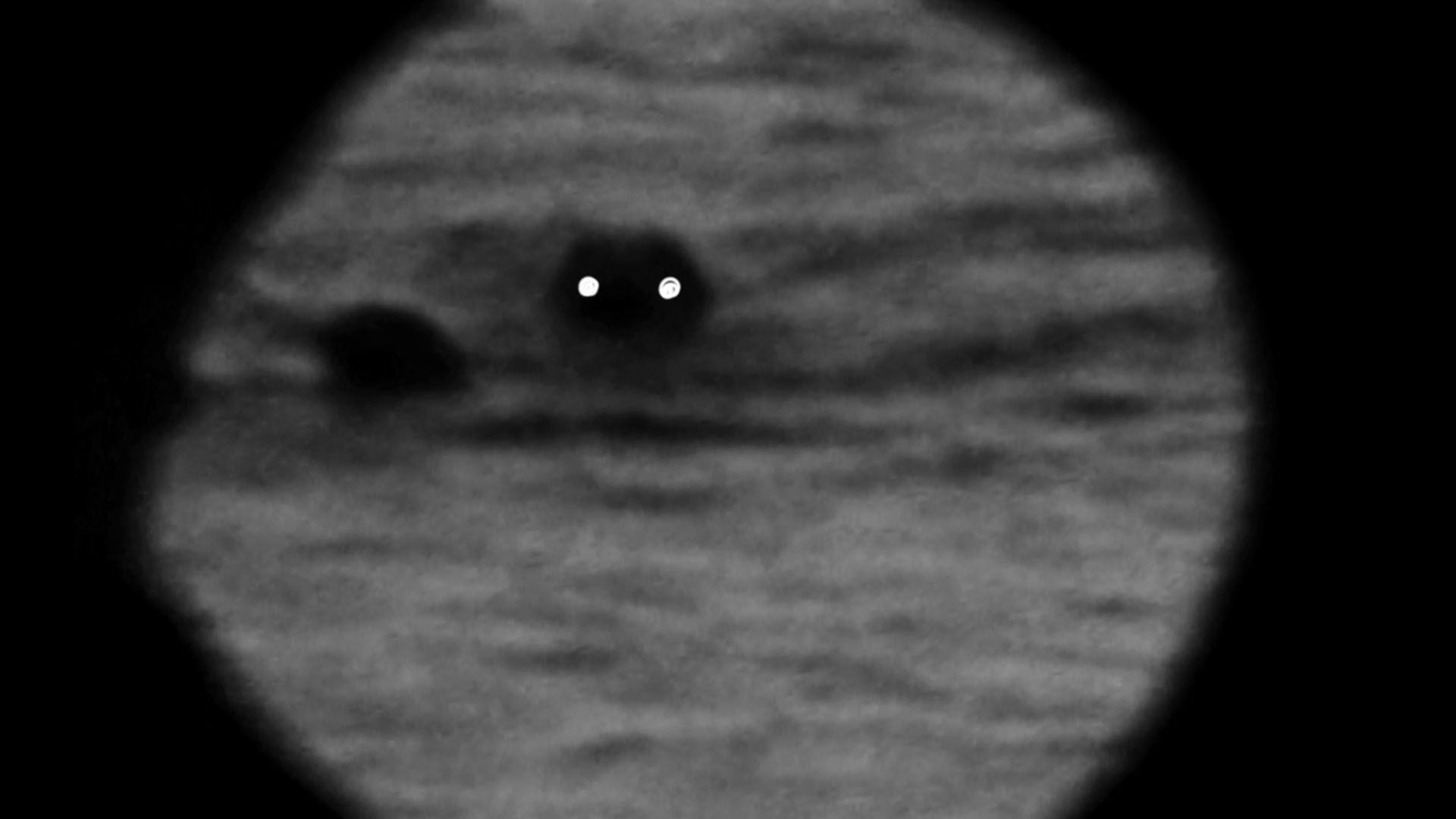
SIGHTINGS
Pere Ginard | 2023 | Spain | HD | 6 min
An underwater passer-by lumbers towards the unknown. What one sees, what one finds, makes up this inventory made of melancholy, obsessions and fears. (Pere Ginard)

A TERRA TEN GLITCH
Yasmina Farhani Luaces | 2024 | Spain | HD | 7 min
A dialogue between images, coincidences and earth. (Yasmina Farhani Luaces)

SANTA POLA
Beatriz Freire | 2024 | Spain | 16 mm to HD | 10 min
The sea cradles the bodies of a fishing community, as the camera meticulously captures the dexterous hands weaving intricate fishing nets, revealing the intimate dance between humanity and the ocean. (Beatriz Freire)
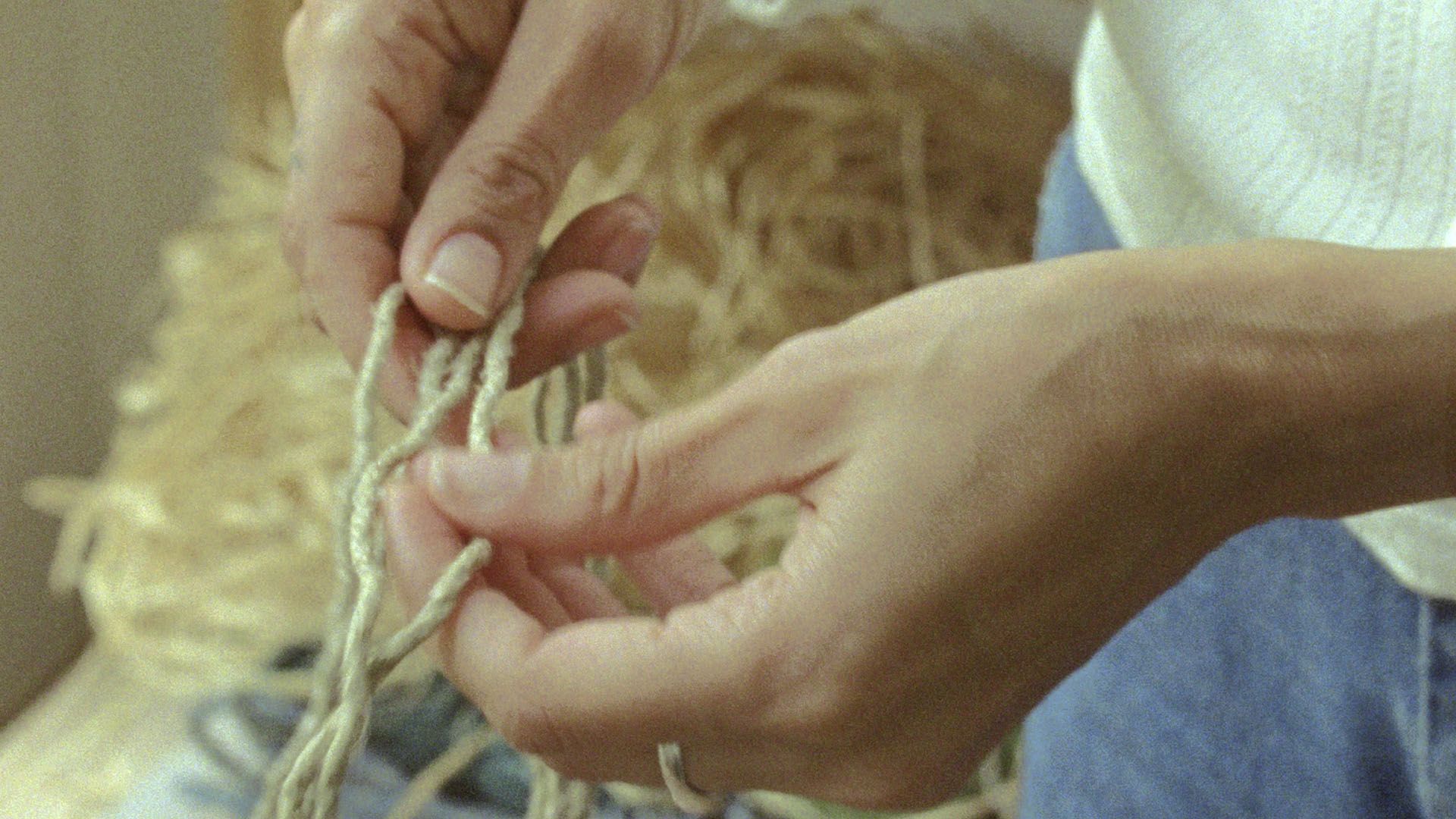
CADA GESTO
Valentina Alvarado | 2024 | Spain | 16 mm to HD | 10 min
The hand takes the leading role in a piece that traces, from a macro perspective, a city understood as a tactile scenario based on different women who work with artisanal crafts. Cada Gesto is an audiovisual portrait that thinks of the city of Barcelona through the traces left by the workshops and their inner life. (Valentina Alvarado)
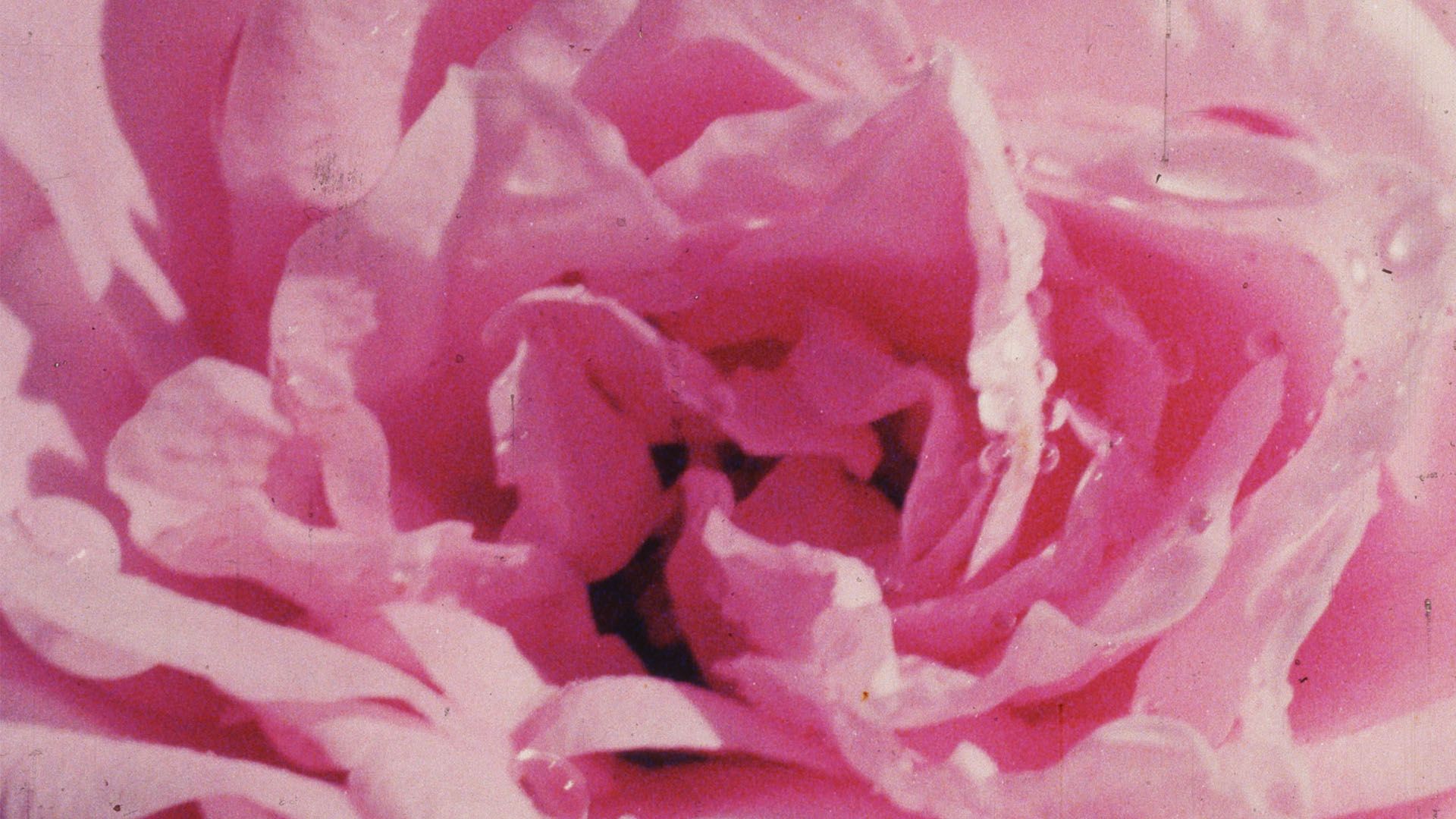
LA JARDINERA
Fernanda Vicens | 2019 | Chile | 16 mm | 3 min
La Jardinera is the first part of a work whose visuality takes as its reference the poetry that Violeta Parra creates from the flowers, plants and certain places in Ñuble. (Fernanda Vicens)

PASAJE CROMÁTICO #2: CULEBRA
Brenda Boyer, Beatriz Higón | 2024 | Spain | 16 mm | 3 min
The snake slithers between cracks in the rocks and the glints in the water. It hides among the folds of the trees by ear, and feels its way in the forests amid the rosemary and thyme. It crawls on the earth not forgetting its humble, low condition of being “as low as the ground.” Like the sibyls, it knows the secrets of time, its undulating stretches. It lisps and the universe opens up; you approach it silently and it reveals the truth to you. (Brenda Boyer and Beatriz Higón)
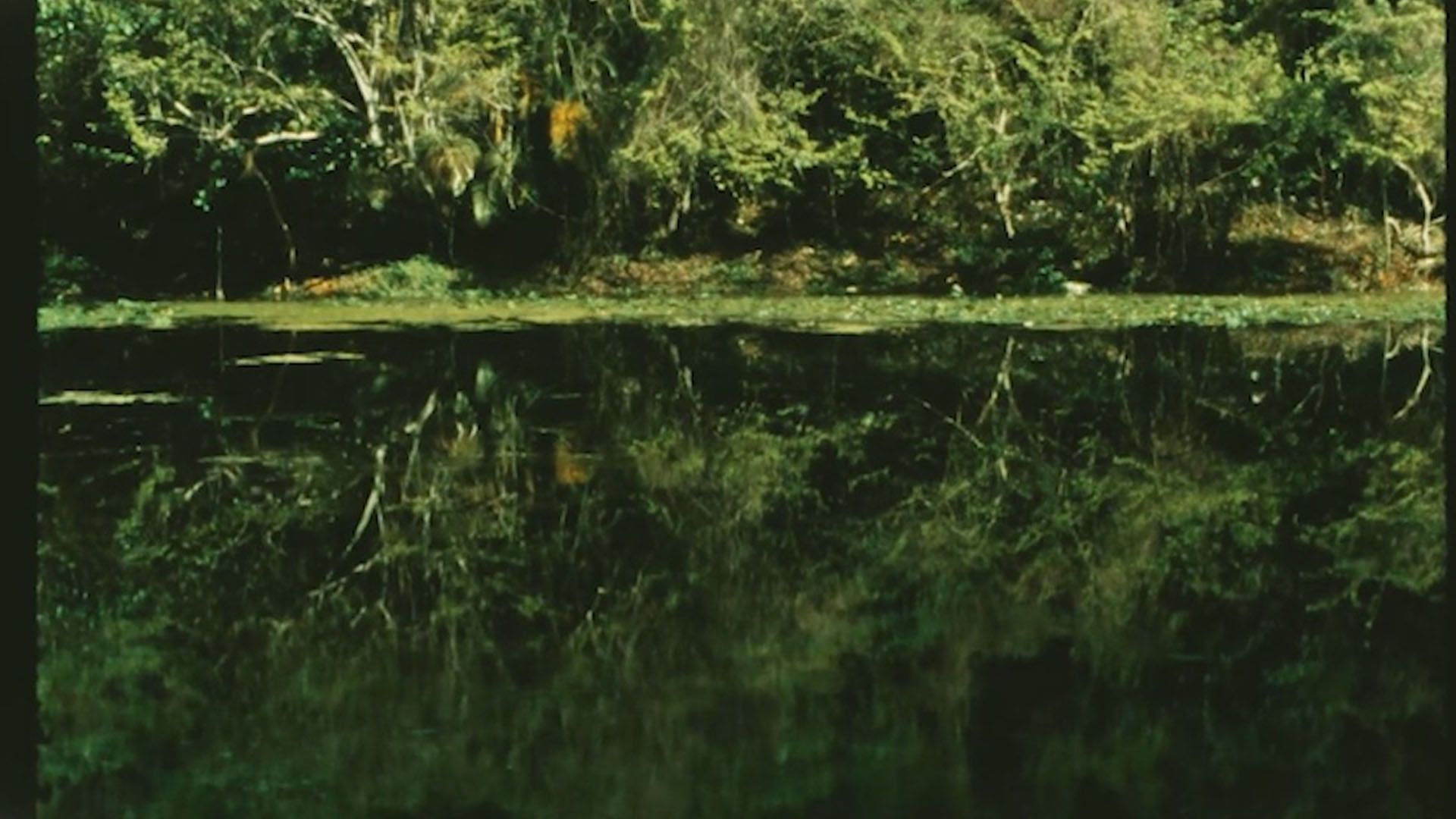
OJO DE AGUA
Héctor Gardez | 2024 | Spain | 16 mm to HD | 7 min
The first swim in a river, the exuberant vegetation, the sounds of the night, the force with which water springs from a rock. Everything that one’s eye is capable of retaining after venturing to look for the first time upon the natural beauty of an unknown island that is a mirror of your home. (Héctor Gardez)
SINAIS
VISION & MOTION
The Lumière cinematograph was not the only one that was invented, but it was the most successful. One of the reasons for its success is that the original wooden box, in addition to being used for filming, for recording the world, was also used for projecting. This duality in which the same device absorbs light from its environment and returns it to us by expelling light, enables us to begin to talk about the selection for Sinais, which this year is split in two sessions like the heads and tails of a coin. In one of them, the camera records what is real, modifying it through framing, montage or other camera techniques. In the other, reality is modified to record it with the camera. The camera as a modifying or amplifying element, then, is the first direction we use to talk about this group of films that blend themes and generations, students and educators in community.
The first programme is therefore the one most rooted in observation of the world as it is. And in that observation, all of the films running through the programme are heavily rooted in specific geographical places, marked by the relationship of the camera person with them. Two possible ways of addressing the city of Madrid, as overwhelming as it is harsh at times, are those of Pablo Useros and Pablo Marín. In the case of Useros in INSTRUCTIONS FOR A SELF-PORTRAIT, the artist seems to want to integrate and yet isolate himself from his environment at the same time, in an act of self-absorption in public space. Based on a serial premise and with specific game rules, Useros evokes the mechanical games of Dietmar Brehm. Marín, for his part, in MATERIA VIBRANTE, looks for the (few) nooks and crannies for nature in the city, but also for the miracles of light between buildings, the thousand and one ways to become attached to a place, considering it to be a living, breathing entity. Burbank is a city in Los Angeles County, where Rocío Mesa lived for several years. BURBANK NEONS is an in-camera editing exercise of hypnotic and colourful overlays in search of magic in Mesa’s everyday life, evoking the spirit of William Klein. Colour in the midst of darkness is something that Iago Lourido captures in VELOS NA TEBRA, a film of lights and shadows that emulates silent cinema in its tone, where the most spiritualist side of the land of San Sadurniño in Galicia (in the context of the mythical and fruitful Chanfaina Lab) comes to light. Pere Ginard has been sighting supernatural creatures for years in the midst of the most varied everyday situations. Made with found material as its basis, SIGHTINGS reveals the sea monsters that go unnoticed on the coasts of Barcelona and Mallorca. Along this line of extracting the other-worldly from the everyday using cinema, Yasmina Farhani Luaces (involved in the workshop given by Berio Molina at Novos Cinemas) in A TERRA TEN GLITCH brings out the strange atmospheres generated by the particles of the earth, the folding of rural reality falling out of control. The following three films in one way or another evoke the connection between manual crafts, cinema and the territory. Beatriz Freire decodes the secret rhythms of fishing net weaving in SANTA POLA, where the rhythms of the weavers’ hands evoke the working of the camera and editing. In CADA GESTO, Valentina Alvarado creates a unique portrait of Barcelona via what is happening in her workshops, through the loving filming of the hands of those who work there. Fernanda Vicens becomes a gardener herself in her LA JARDINERA film in which pruning, watering and fertilizing become a job of attentive care for the flowers frame by frame, thus creating incredible bouquets in the public’s eye. Vicens’ film sketches a kind of secret garden in nature, as is done by Brenda Boyer and Beatriz Higón, and Héctor Gardez. In a kind of clearing in the private forest, in CHROMATIC PASSAGE #2: CULEBRA Boyer and Higón experiment with a surprising chromatic separation made in-camera based on overlays and filters, creating a hallucinating, intimate landscape. For his part, in OJO DE AGUA Gardez delves into the surroundings of a river in a beautiful vision punctuated by overlays and frame-by-frame work, in search of his island (Tenerife) on another distant island that welcomes him (Cuba).
The second programme’s common thread is the idea of staging, which also points to the fine line that sometimes separates performance or happening from experimental cinema (as we can also see through the cinema of Narcisa Hirsch). For example, starting with Pablo Agma’s STICK MAN, a disruptive element in the streets of the city, a scarecrow that tries to put passers-by face-to-face with the effects of the world’s cruelty. In the case of KATALIPSI, by Elaine Sier, it is the opposite story: the hidden monster, and the staging of a feigned activism that ransacks the privacy of the fighting groups. TRIPLE TANGO MANCHEGO, by the Colectivo Craneal collective (made up of Marta Solera Picazo, Aitana de Dios and Patri de la Plaza from the famous Faculty of Fine Arts of Cuenca) is partly a game and partly a performance with echoes of queer and punk, in the playful, subversive spirit of figures like Jack Smith and Mara Mattuschka in their unapologetic modification of days. BIVALVA, also from Cuenca thanks to Celia Kiroga Rincón, uses the setting of a burned house, previously inhabited, so as to confuse the territory of dreams with that of reality in imaginative, surreal stagings. Juliana Julieta, for her part, also modifies reality but in keeping with what it is possible to do in front of the camera by her own hand: the world contained in a spoon or a light bulb. Both Claudia Claremi and Carlos Vásquez Méndez roll out a veritable mise-en-scène of hands in their films, with different implications. In THE MEMORY OF FRUIT (DIASPORA), Claremi condenses the feeling of migration by evoking tropical fruit. Those hands touch, stroke and weigh up invisible fruit, while we hear the testimonies of those who, thinking about the fruit, construct a sensory memory of the home they left behind. In LEGERDEMAIN, Vásquez Méndez activates different sounds of materials and devices in an intelligent manoeuvre that examines the foundations of sound in cinema through synchrony (or lack of it). This block is rounded off with the double screening of THE WORD WAS DELETED by Esperanza Collado, with live sound. The double-screen dialogue of different tropes concerning the work of Val del Omar (his roots in Granada and his famous PLAT laboratory) is also constructed upon the basis of performative stagings: the one carried out as a game of hide-and-seek or of chases in the Alhambra, and the carefully orchestrated one for the camera with the laboratory’s documents and instruments.
Elena Duque
